
What’s with the white paint on the tree trunks?
There are several reasons why orchard growers use white paint on tree trunks, and most of them come down to protection and long-term tree health. The paint we use is an interior white latex mixture — essentially lime and water — and it’s applied with a sprayer for consistency and speed. Using a paintbrush is possible, of course, but it takes far more time and is much less efficient for large orchards.
One of the biggest threats white paint helps prevent is sunscald, also known as southwest injury. This type of damage occurs when temperatures fluctuate dramatically. During the day, a dark tree trunk absorbs warm sunlight, causing the bark to expand slightly. When temperatures drop quickly at night, that warm, expanded bark contracts and can crack. These splits not only stress the tree but also provide easy entry points for insects, fungi, and diseases. By coating the trunk with a bright, reflective white paint, much of the sunlight is deflected away. This keeps the bark cooler and more stable throughout the day, reducing the risk of splitting and the complications that follow.
Another issue growers face—especially in snowy regions—is damage from mice, moles, and voles. These animals can girdle a tree under the snow cover. Girdling means that the bark has been chewed off all the way around the trunk, cutting through the phloem and cambium layers right beneath the bark. These layers transport vital nutrients and water; if they’re completely destroyed, the tree can no longer feed itself and will eventually die. The white paint helps in two ways: it alters the appearance of the trunk, making the tree less recognizable to rodents, and it likely tastes unpleasant, providing yet another deterrent.
White paint also offers a layer of defense against tree trunk borers, a persistent problem in regions like New England. Several types of borers—including dogwood borers, roundheaded apple tree borers, flat-headed apple tree borers, apple bark borers, leopard moths, and the increasingly common black stem borer—target apple trees, especially young or stressed ones. While painting won’t stop every pest, it does make the trunk less attractive to many species and helps growers spot early signs of infestation more easily on the bright surface.
Of course, painting trees can get messy. We always tell our employees to wear clothing they don’t mind getting splattered with paint. More often than not, they finish the day looking like they painted themselves as much as the trees! Still, the effort is worthwhile, especially for newly planted trees. Young trunks have thin, delicate bark that has not yet developed strong natural defenses, making them far more vulnerable to cracking, sunscald, and insect damage. A simple coat of paint can make a meaningful difference in their early survival and long-term growth.
Whitewashing is especially valuable in climates with strong winter sun or sharp temperature swings. Areas with cold winters but bright sunshine—such as much of the northern United States—see some of the worst bark damage. The white coating acts almost like sunscreen for trees, helping them transition through the harsh seasonal shifts with far less stress.
Some growers also appreciate the paint for its practical monitoring benefits. With a clean, white trunk, new cracks, holes, or signs of borer activity stand out immediately. Early detection often means the difference between saving a tree and losing it to hidden damage.
It’s important to note that only the lower portion of the trunk is painted—typically from the soil line up to the first set of strong branches. Painting higher up doesn’t provide any added protection and simply wastes materials.
In the end, despite the occasional messy workday and paint-covered clothing, most orchard workers agree that trunk painting is absolutely worth the effort. A few minutes of painting can prevent years of damage, protect an entire season’s crop, and help young trees grow into strong, productive orchard trees.
In short, that simple layer of white paint isn’t cosmetic—it’s a practical, protective tradition backed by generations of orchard-growing experience.
News in the same category


MIT Scientists Develop Injectable Gel That Can Fully Repair Nerves and Restore Sensation

A New Era of Computing: China’s Quantum Machine Surpasses the World’s Fastest Supercomputers

Reviving the Brain’s Waste-Clearing Pathways May Reverse Alzheimer’s Damage

New CRISPR Therapy Shows Promise in Removing HIV and Preventing Viral Rebound

Japanese Scientists Develop Drug That Could Regrow Human Teeth

White House Gives Major Update On Donald Trump's

If You See A Bent Tree In The Forest, Start Looking Around Immediately

Scientists Discovered A Sinkhole 630 Feet Underground In China Known As “Heavenly Pits”

Ever Wake Up But Can’t Move

Are Eggs with Bl00d Spots Safe to Eat? The Truth Behind Those Tiny Red Specks

You’ll Think Twice About Soft Serve

A 42-Year-Old Man Died of a Stroke Despite Not Smoking or Drinking — Doctors Shocked to Find the Real Daily “Killer” in His Diet
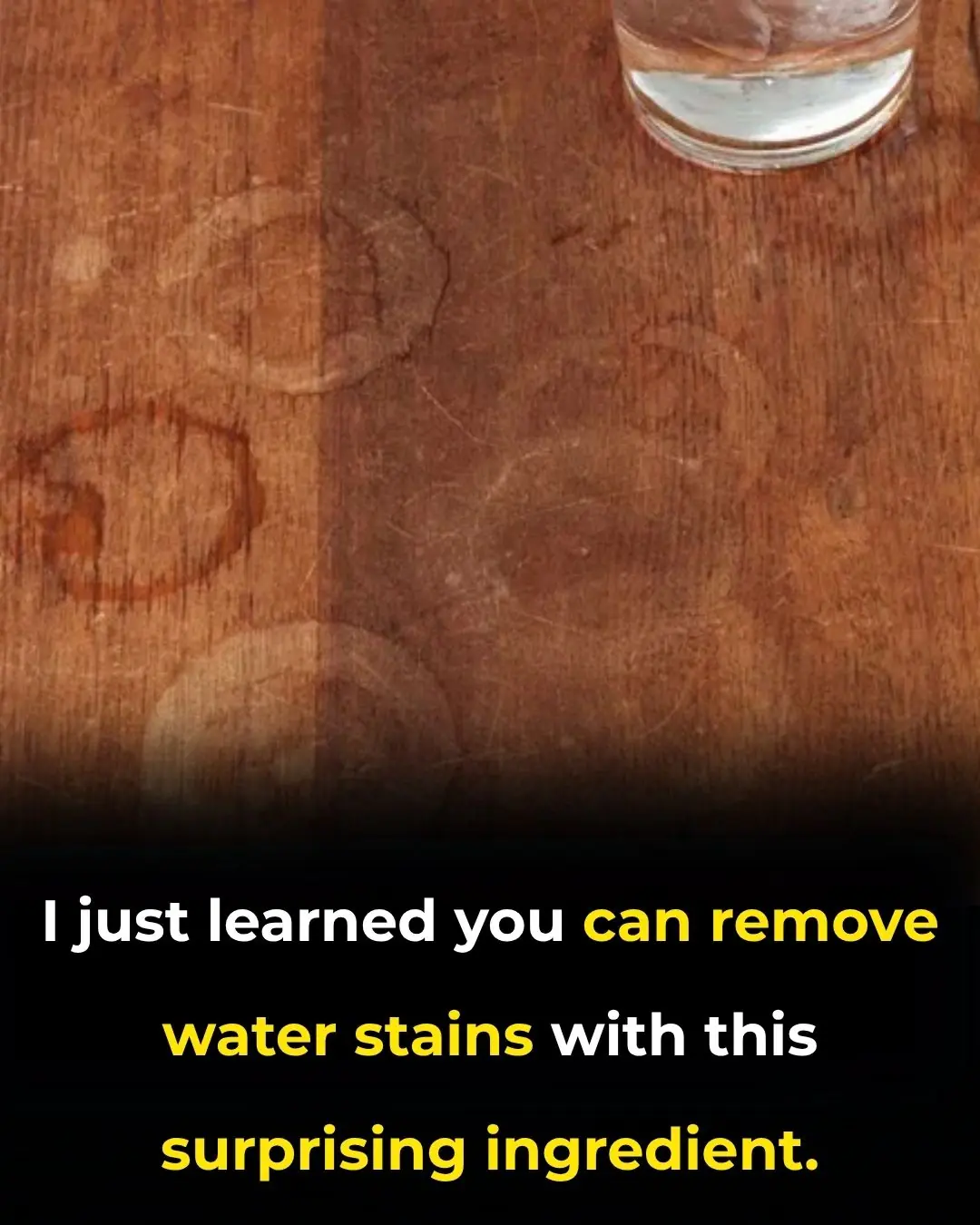
How to Remove Water Stains from Wood with Mayonnaise

Close or open the bathroom door for ventilation? It turns out many people still do it wrong

What Does It Mean To Wear a Ring On The Right Hand

Who Will Not Be Eligible As Trump Promises To Give $2,000 To Almost Everyone In America
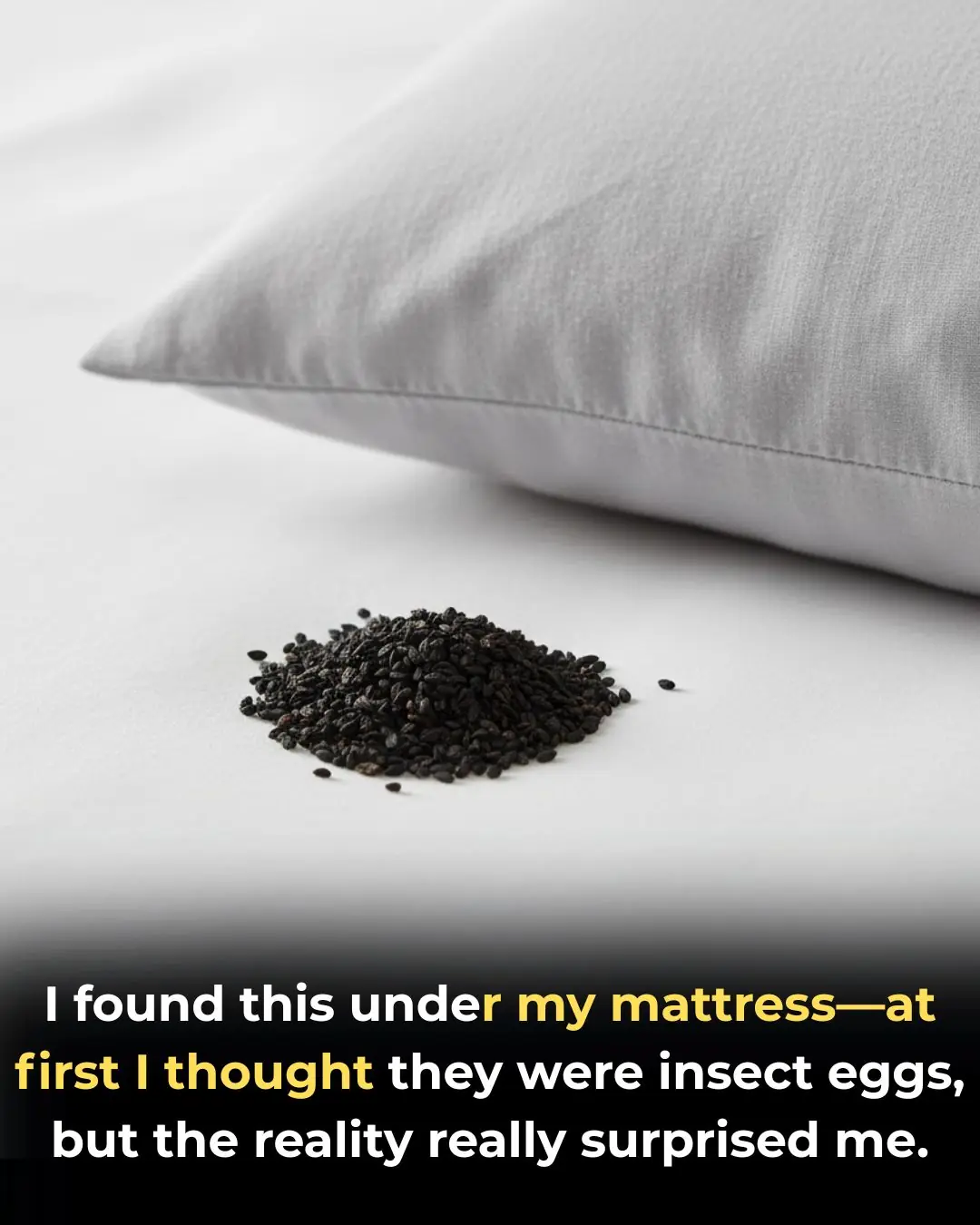
I Thought I Found Insect Eggs Under My Bed

The Lip Color You Pick Reveals What Kind of Woman You Are
News Post

Woman Turns Boeing Plane Into Fully Functional Home
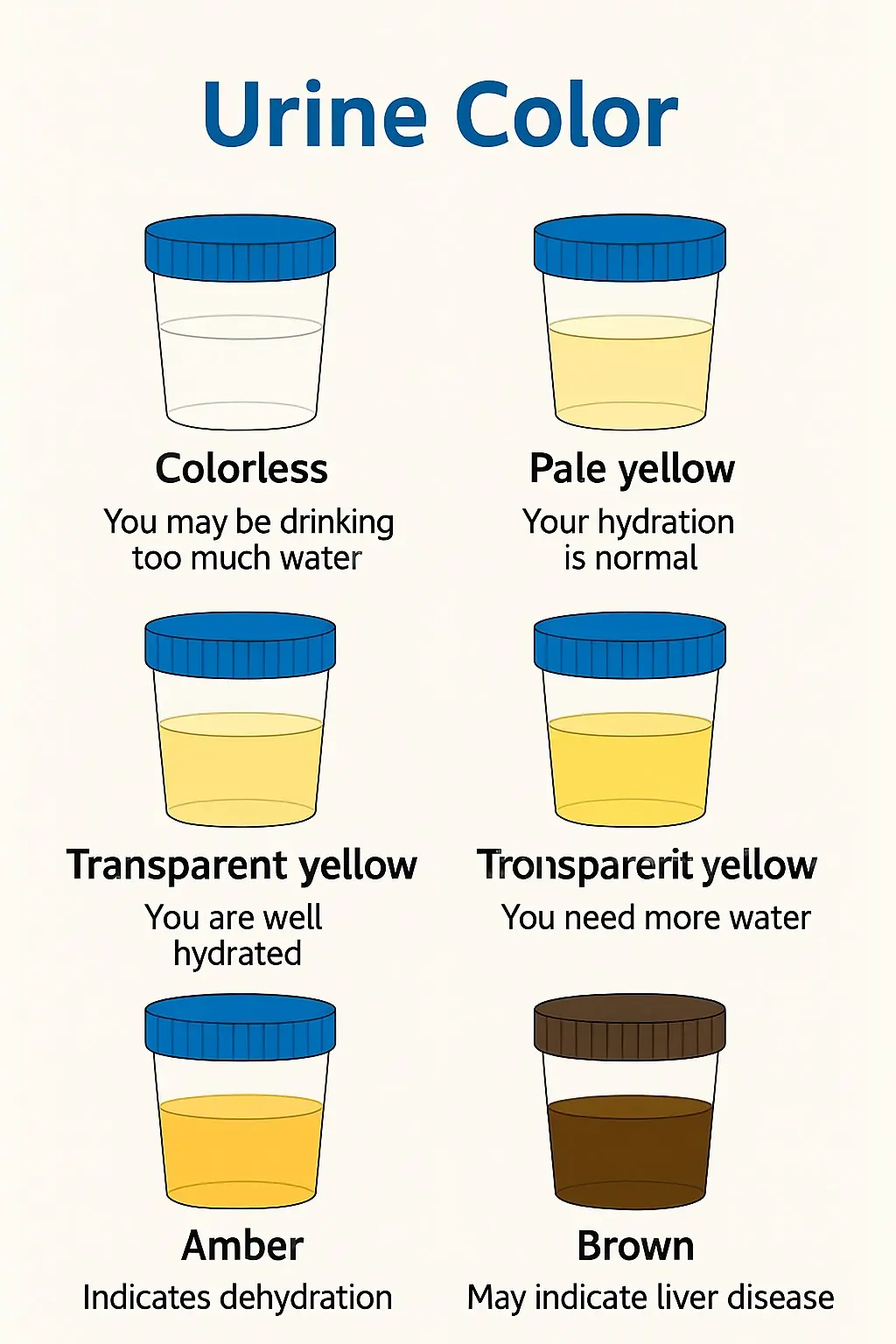
What Your Urine Color May Be Telling You (Gently & Naturally)

Revolutionary mRNA Therapy Shows Promise in Preventing Pancreatic Cancer Recurrence

MIT Scientists Develop Injectable Gel That Can Fully Repair Nerves and Restore Sensation
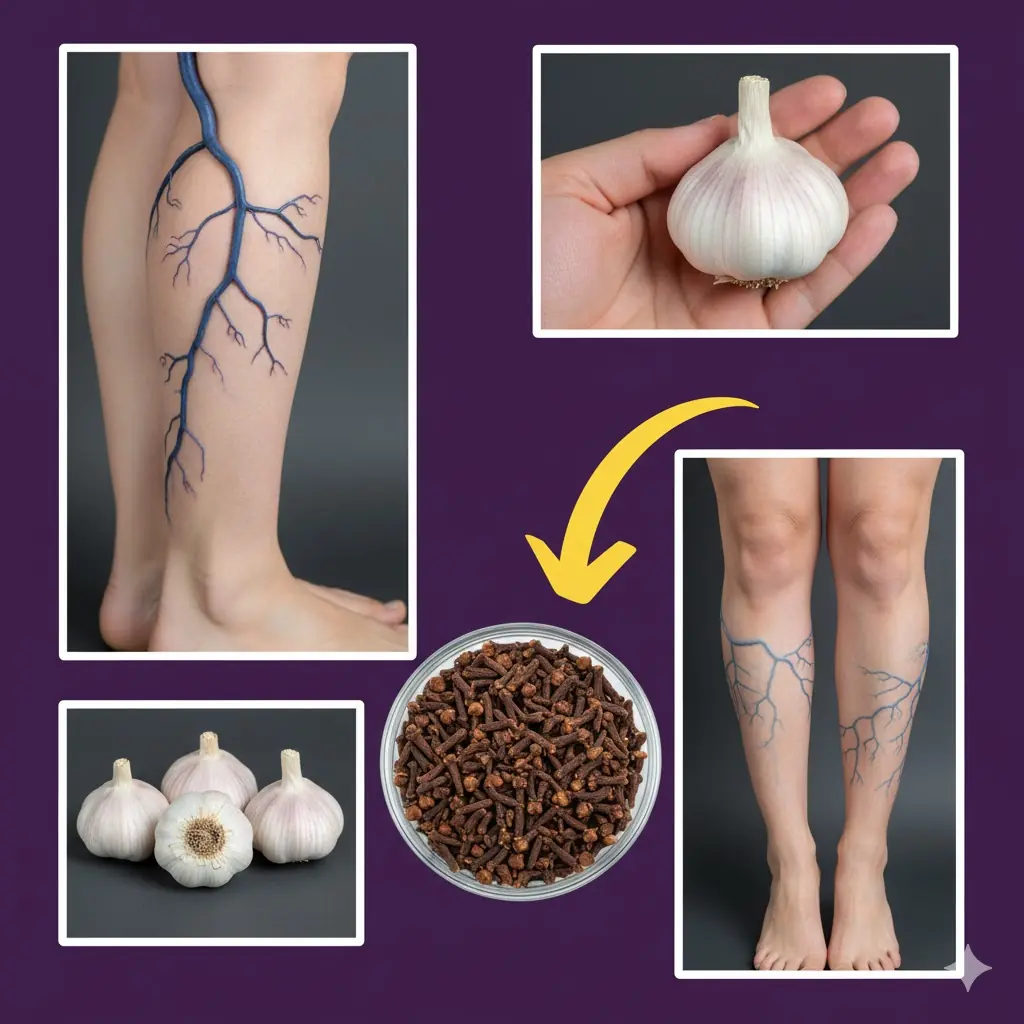
Soothe Leg Pain Naturally: Garlic & Clove Remedy for Joints, Circulation, and Comfort

A New Era of Computing: China’s Quantum Machine Surpasses the World’s Fastest Supercomputers

Eat Garlic — But Avoid This Common Mistake! | 95% of People Don’t Know This Simple Trick
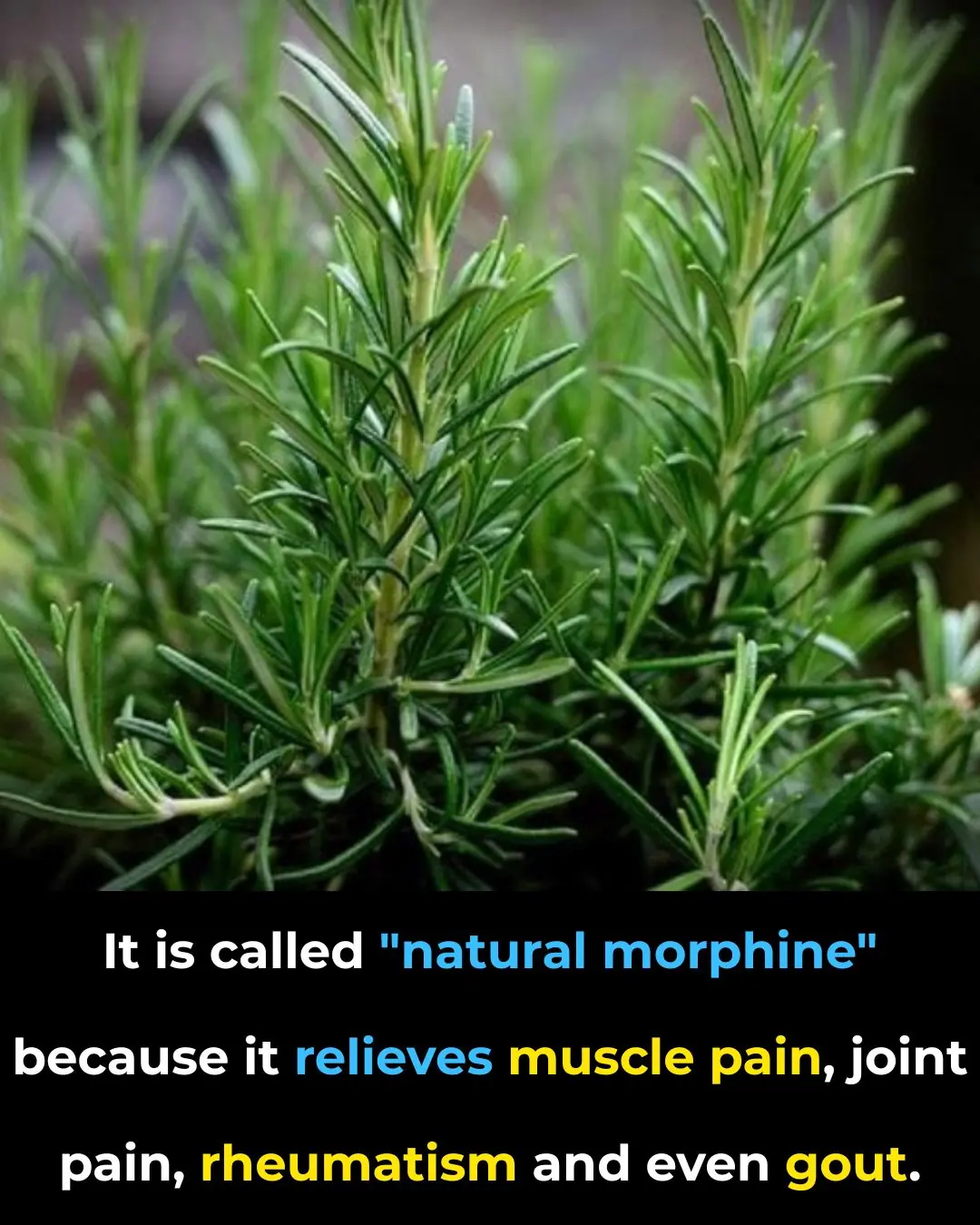
Benefits of this plant for the elderly: a natural ally for healthy aging

Home Remedies For Kidney Stones – 21 Remedies For Effective Pain Relief
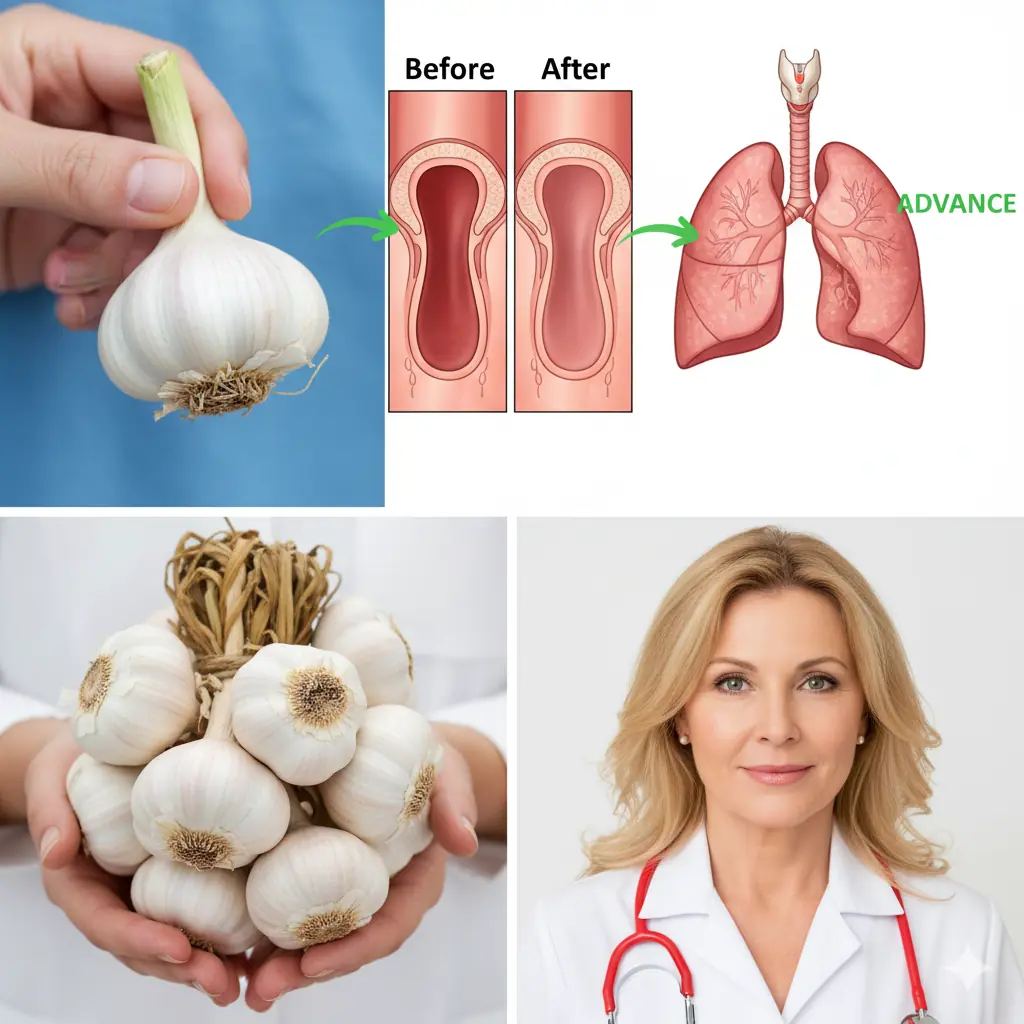
Eat One Clove of Garlic Every Morning on an Empty Stomach – and Watch These 12 Health Benefits Unfold!

Never do this when flying; many people have ruined their lives because they didn’t know better

Public Health Experts Stress Vaccination as Key to Preventing Severe and Long COVID

People who are about to be affected by cancer often show three unusual signs in the neck; even having just one of them can be a warning for your health

4 vitamins to reverse neuropathy and damaged nerves – relieve foot & hand pain fast!

8 Amazing Foods To Clean Out Your Toxic Liver

Stem Cell Breakthrough Offers New Hope for Reversing Diabetes in Early Human Trials

These 11 simple mistakes are giving you false high blood pressure readings – doctors confirm
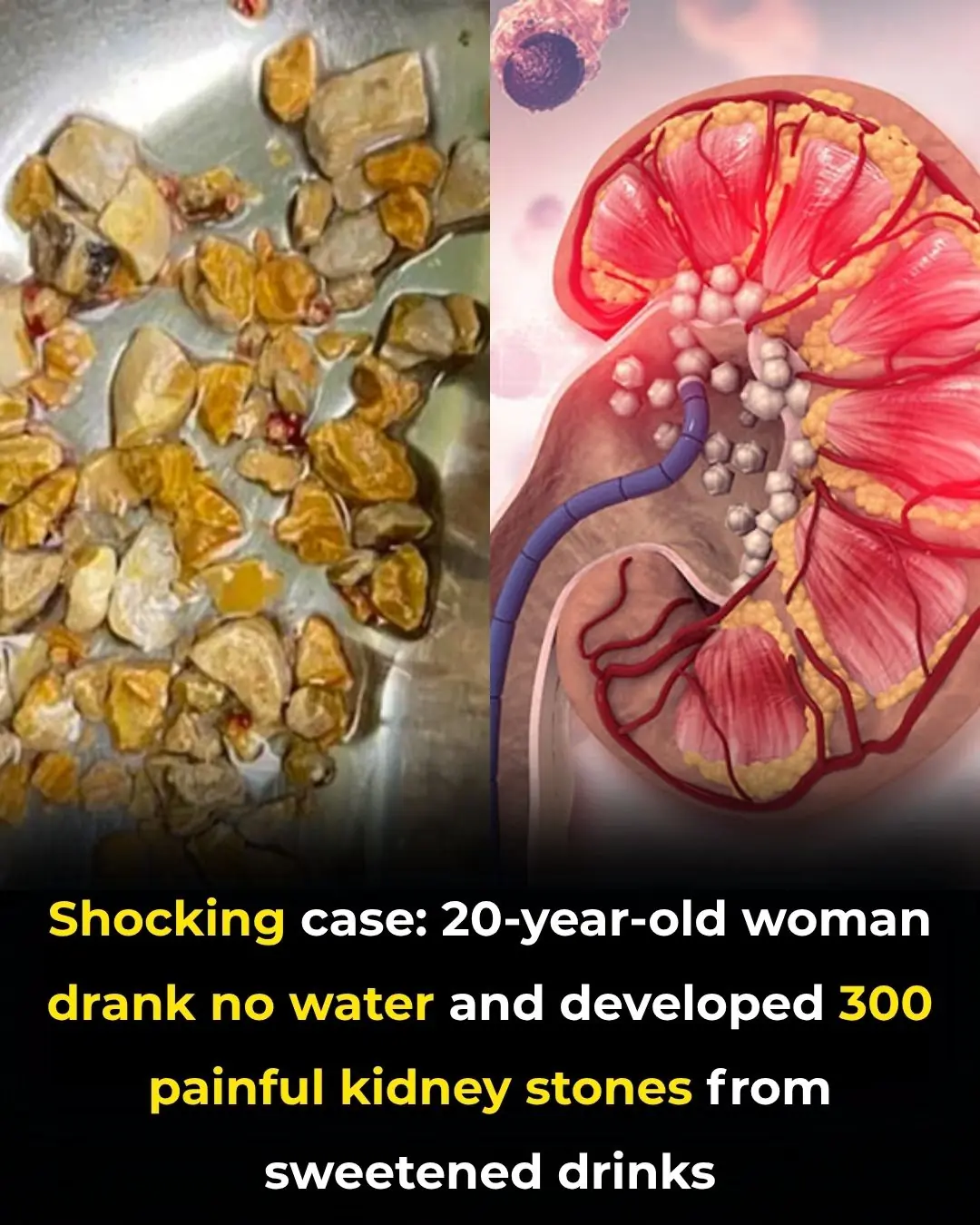
More Than 300 Kidney Stones: A Startling Warning About Sugary Drinks and Dehydration

Vitamins Every Senior Needs for Stronger Legs
